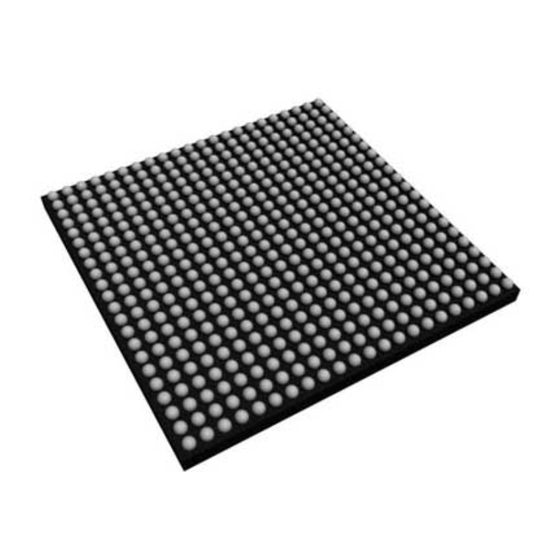
Microsemi SmartFusion2 User Manual
Soc fpga and igloo2 fpga fabric
Hide thumbs
Also See for SmartFusion2:
- User manual (829 pages) ,
- Demo manual (40 pages) ,
- Configuration manual (23 pages)
Table of Contents
Advertisement
Quick Links
Advertisement
Table of Contents









Need help?
Do you have a question about the SmartFusion2 and is the answer not in the manual?
Questions and answers